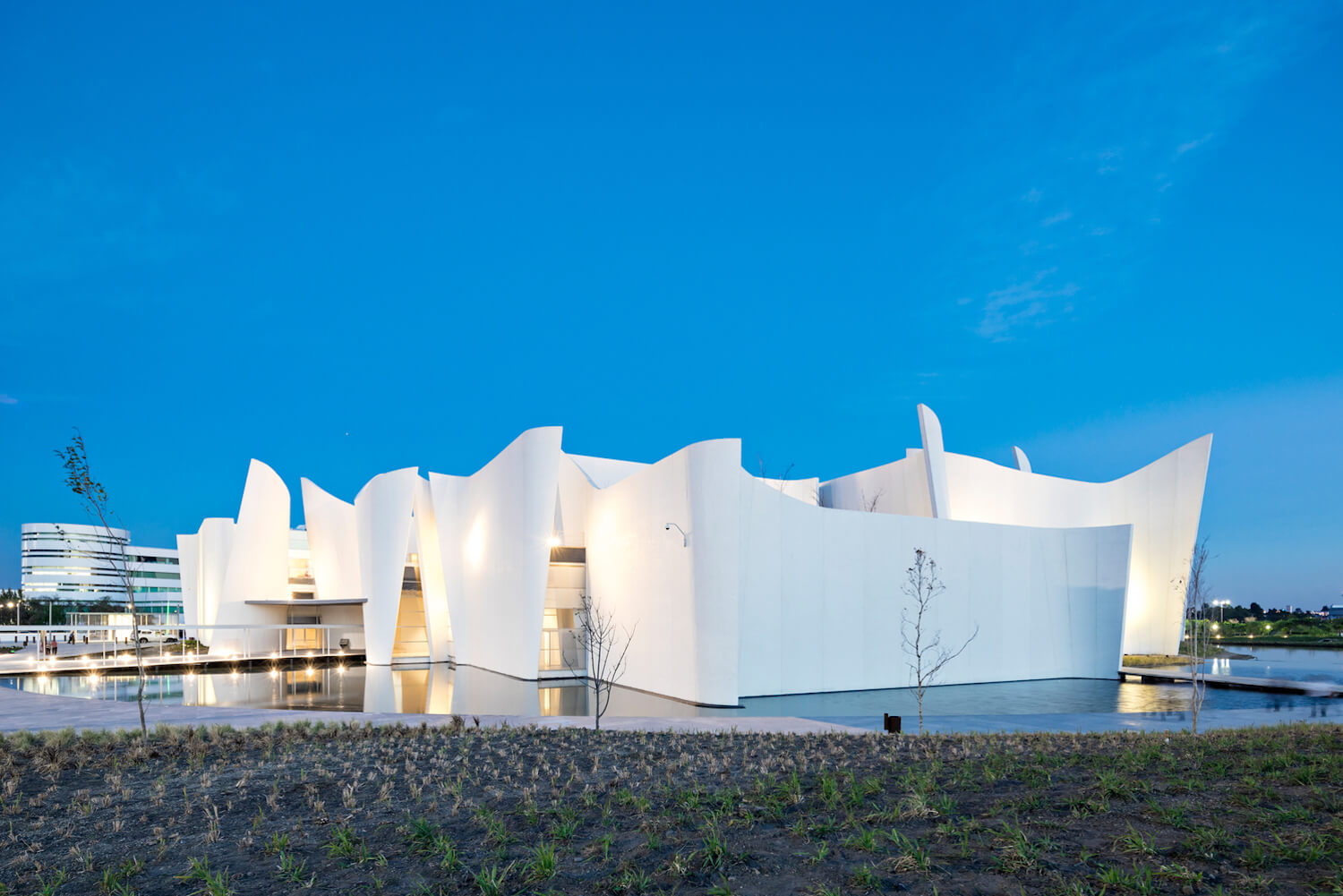Japanese architecture is known for its simplicity, elegance, and deep connection with nature. The use of natural materials is one of the core features that makes this architecture so distinct. Whether it’s wood, bamboo, stone, or paper, natural materials are chosen not only for their beauty but also for their sustainability and harmony with the environment. In this article, we will explore the essential role of natural materials in Japanese architecture and how they contribute to creating serene and balanced spaces.

Wood: The Foundation of Japanese Design
Wood is the cornerstone of traditional Japanese architecture. Its warmth, texture, and natural beauty make it an essential material in constructing homes, temples, and castles. Japanese houses, particularly the “minka” (traditional farmhouses), often feature wooden beams, pillars, and sliding doors. These structures allow the wood to age naturally, developing a patina that adds character and charm over time.
The use of wood in Japanese design is also influenced by the concept of “wabi-sabi,” which celebrates imperfection and impermanence. Over time, the wood changes and adapts to the environment, contributing to the atmosphere of tranquility that is characteristic of Japanese interiors. Furthermore, wood is a renewable resource, making it an environmentally friendly material that has been used for centuries in Japanese construction.
Bamboo: Flexibility and Symbolism
Bamboo is another essential natural material that plays a significant role in Japanese architecture. Known for its strength, flexibility, and rapid growth, bamboo is an ideal material for both construction and decoration. It is often used in fences, scaffolding, and even furniture. In Japanese gardens, bamboo symbolizes resilience, and it is often used to create fences or privacy screens that blend seamlessly with the natural surroundings.
Stone: A Symbol of Stability and Timelessness
Stone is another natural material that holds great significance in Japanese architecture. It is often used in the construction of foundations, walls, and pathways, adding a sense of permanence and stability to buildings. Unlike wood, which changes over time, stone remains solid and unchanging, symbolizing endurance.
In Japanese gardens, stone plays a crucial role in representing mountains, islands, or rivers. It is carefully placed to evoke balance and tranquility, and its rugged texture contrasts beautifully with the more delicate materials like wood and bamboo. The use of stone in architecture creates a grounded, timeless feel that enhances the overall serenity of a space.
Paper: Lightness and Translucence
One of the most unique features of Japanese architecture is the use of paper, particularly in sliding doors and windows called shoji. These paper screens allow soft, diffused light to enter a room, creating a peaceful atmosphere. The lightness and translucence of paper are ideal for creating spaces that feel open and airy while maintaining privacy.
Shoji screens are also a key feature of traditional Japanese homes. These screens are made from thin paper stretched over a wooden frame, allowing light to filter through while still offering privacy. This delicate balance between transparency and privacy makes paper a perfect material for spaces that prioritize calmness and simplicity.
Clay and Earthen Materials: Ground and Natural
Clay and earthen materials have been used in Japanese architecture for centuries. These materials are often used to construct walls, floors, and roofs in rural homes. Clay is an excellent insulator, keeping buildings cool in summer and warm in winter. It also adds a natural, earthy texture to the interior and exterior of buildings.
In traditional Japanese homes, earthen materials help to regulate humidity, creating a comfortable indoor environment year-round. Additionally, the rustic look of clay complements the smoothness of wood and the transparency of paper, further enhancing the harmony between materials.
The Balance of Nature and Design
One of the key principles of Japanese architecture is the balance between nature and design. The use of natural materials is central to achieving this harmony.
Japanese architecture encourages the appreciation of impermanence, and natural materials allow buildings to evolve with time. Wood and bamboo age gracefully, stone remains unchanging, and paper offers a connection to light and nature. All of these materials work together to create spaces that feel timeless and serene.
Conclusion
Natural materials play a crucial role in shaping the aesthetic and functional qualities of Japanese architecture. From the warmth of wood and the flexibility of bamboo to the timelessness of stone and the lightness of paper, each material contributes to the harmonious and peaceful atmosphere that defines Japanese design. By embracing natural materials, Japanese architecture fosters a deep connection between the built environment and the natural world, creating spaces that are both beautiful and sustainable.











